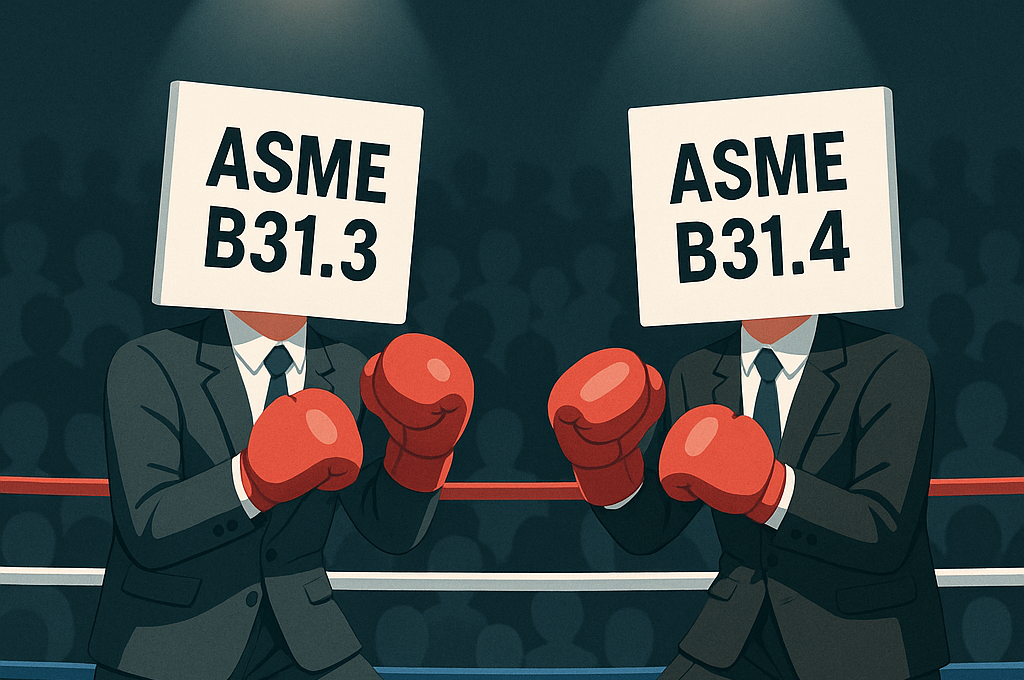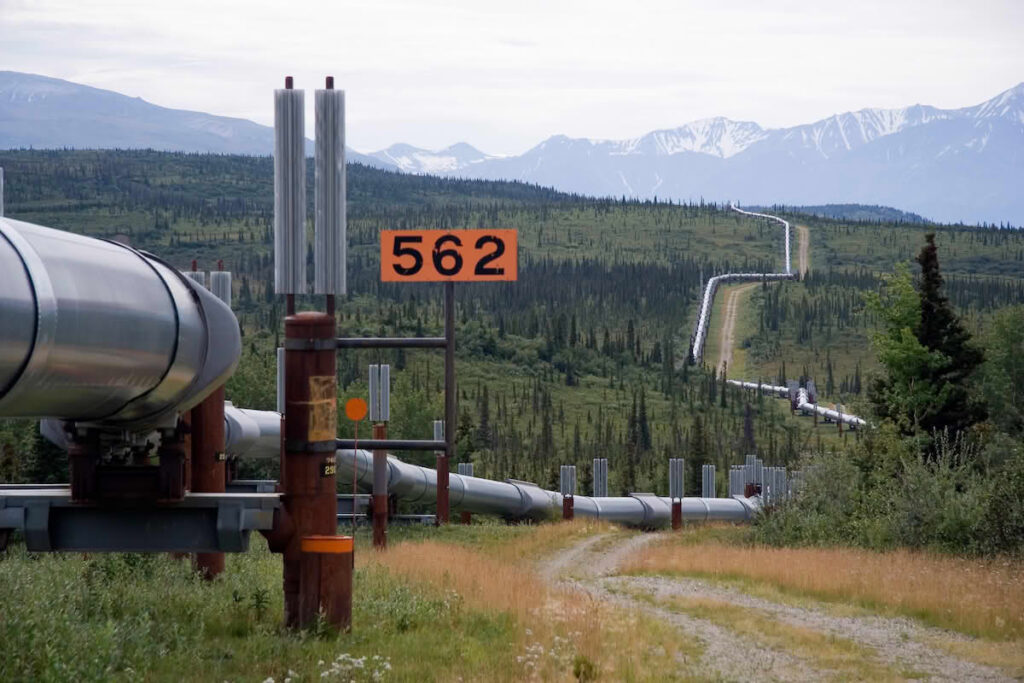What are LLRTP pipes?
- It is a flexible pipe made of thermoplastic layer reinforced by fiber glass layer.
- LLRTP stands for long length reinforced thermoplastic pipe.
- LLRTP can have a continuous length of 650 meters coiled in one spool.
- Max size available in market is 8”.
What are the advantages and limitations of LLRTP pipes?
The advantages are as follow:
- Corrosion resistance
- Better hydraulic properties than CS
- Low life cycle cost
- Ease of handling and installation
- Maintenance Free
- Construction time is significantly less than other linepipes (10 times less than CS+PE)
The limitations are as follow:
- Maximum operating temperature – 85 degrees Celsius
- Maximum available pipe size is 8”
- Maximum GOR – 300
How are LLRTP pipes Loaded, transported, and stored?
The loading and unloading procedure shall be as follow:
- Spools contain a lifting attachment for loading and unloading.
- Spools are lifted using a crane with spreader bar and chains.
The transportation procedure is as follow:
- LLRTP pipe is coiled on the shipping reel made of steel.
- A trailer us used for transporting the LLRTP spools – max 2 spools per trailer.
- Spools normally are transported to site with deployment frame for immediate deployment.
- Spool must be secured using chains.
The storage shall be as follow:
- Spools shall be stored in a flat ground.
- Spools shall be placed on wooden skids to prevent damage to the lower flange.
- End pipes should be sealed to prevent water and wildlife from entering.
How are LLRTP pipes installed?
- Deployment Procedure:
- Spools can be deployed by 2 ways:
- A Chain Drive A-Frame – Vertical
- Carousel – Horizontal
- Carousel has two hydraulic rubber tires used to rotate the spool and to control the deployment rate.
- Two level-wind arms that contain the line pipe on the reel to support pipe wraps during deployment.
- Pulling head is attached to the end of the pipe using screws for pulling purposes.
- Calibrated shear loop supplied by the vendor shall be used to avoid excessive tension on the line pipe.
- No Crossing:
- FCP pipe will be deployed by rotating the spool and the trailer will move. While the other of pipe is stationery and being hold by a JCP.
- Crossing:
- In this case the JCP will move, and the trailer will be stationery so that LLRTP pipe can be pulled through casing pipes at crossings.
- No Crossing:
- Spools can be deployed by 2 ways:
- Jointing Procedure:
- Pipe End Preparations:
- Cutting edge to 90 degrees
- External HDPE Jacket removal
- Pipe riming
- Edge buffing
- O-Ring Installation
- Inserting slip, nut and mandrel
- Tightening by wrench
- Jacket installation and Wrapping
- Pipe End Preparations:
- Windrow Procedure:
- A windrow shall be maintained all over the flowline except the location of joints.
- After successful hydrotest, the exposed joints shall be backfilled.
What is the procedure for LLRTP Hydrotest?
Procedure:
- Cleaning (low density soft pig)
- Flushing & water filling
- Thermal stabilization for 2 hours
- Pressurizing (1 bar/min)
- Pressure holding for 4 hours.
- Depressurizing
Requirements:
- Test pressure = 1.25 x DP
- Duration = 4 hours





